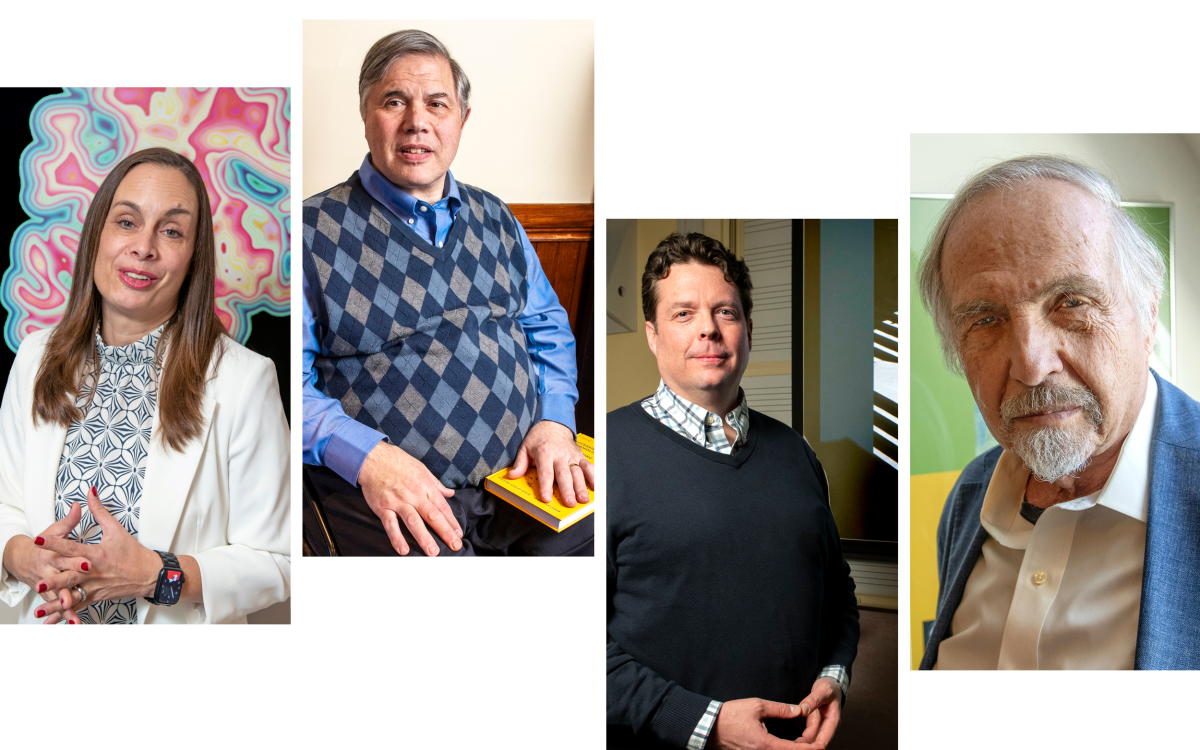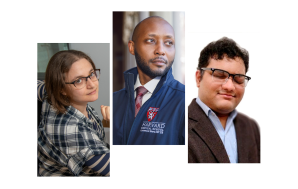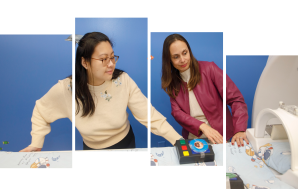Navigating Harvard with a non-apparent disability
Students with conditions ranging from dyslexia to narcolepsy describe daily challenges that may not be obvious to their classmates and professors
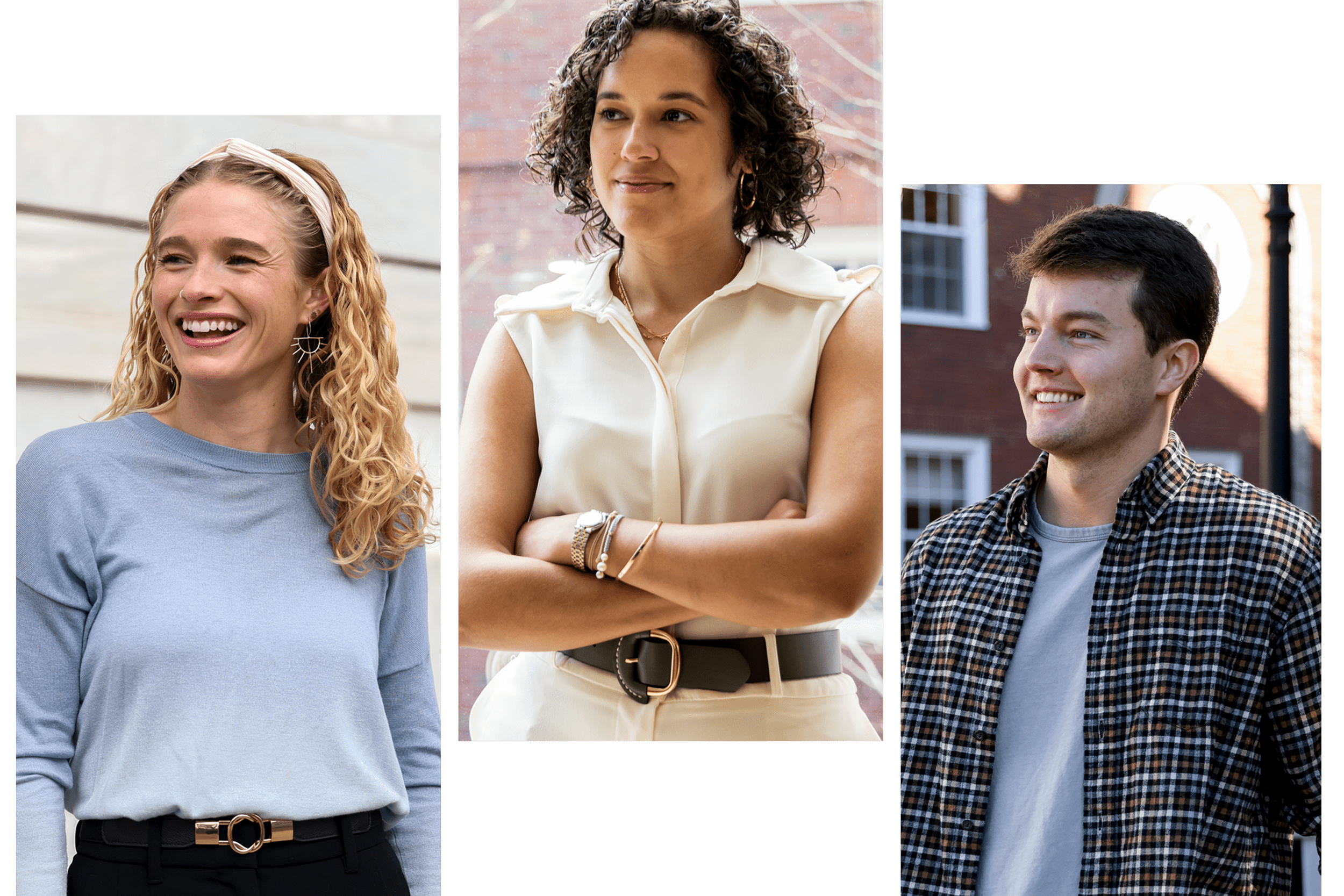
Kelsey Biddle (from left), Selena Gonzalez, and Landon Hollingsworth.
Photos by Dylan Goodman; photo illustration by Judy Blomquist/Harvard Staff
First in a four-part series on non-apparent disabilities.
Daily naps are a necessity for Harvard Medical School student Kelsey Biddle. As someone who has Type 1 narcolepsy with cataplexy, she experiences spells of profound sleepiness throughout the day that affect her attention and ability to process information, and can even result in “vivid, dream-like hallucinations.”
Biddle is among the many Americans with a non-apparent disability — a physical or mental condition that is not immediately obvious to others. An estimated 10 percent of the U.S. population has a non-apparent disability, according to Disabled World. Such conditions include chronic pain, ADHD, learning disabilities, diabetes, and depression.
While there is no single way to navigate having a non-apparent disability, students interviewed for this story say that being open about their conditions has empowered them to succeed in their academic careers.
Biddle’s diagnosis, which came six months after she graduated from Dartmouth College, put a brief pause on her plans to pursue a career in medicine, but the experience as a patient with a chronic illness made her keenly aware of how necessary it is to have doctors with disabilities.
“Unfortunately, I got a lot of advice from my doctors, friends, and family that initially made me question my ability to pursue a medical career,” she said. After hearing similar advice from so many people and struggling to find doctors with chronic illness to talk to, she realized this was part of a larger problem. “Narcolepsy absolutely made my day-to-day more challenging, but it also ignited this spark in me to empower others living with chronic illness and be the kind of doctor I wish I’d had for myself.”
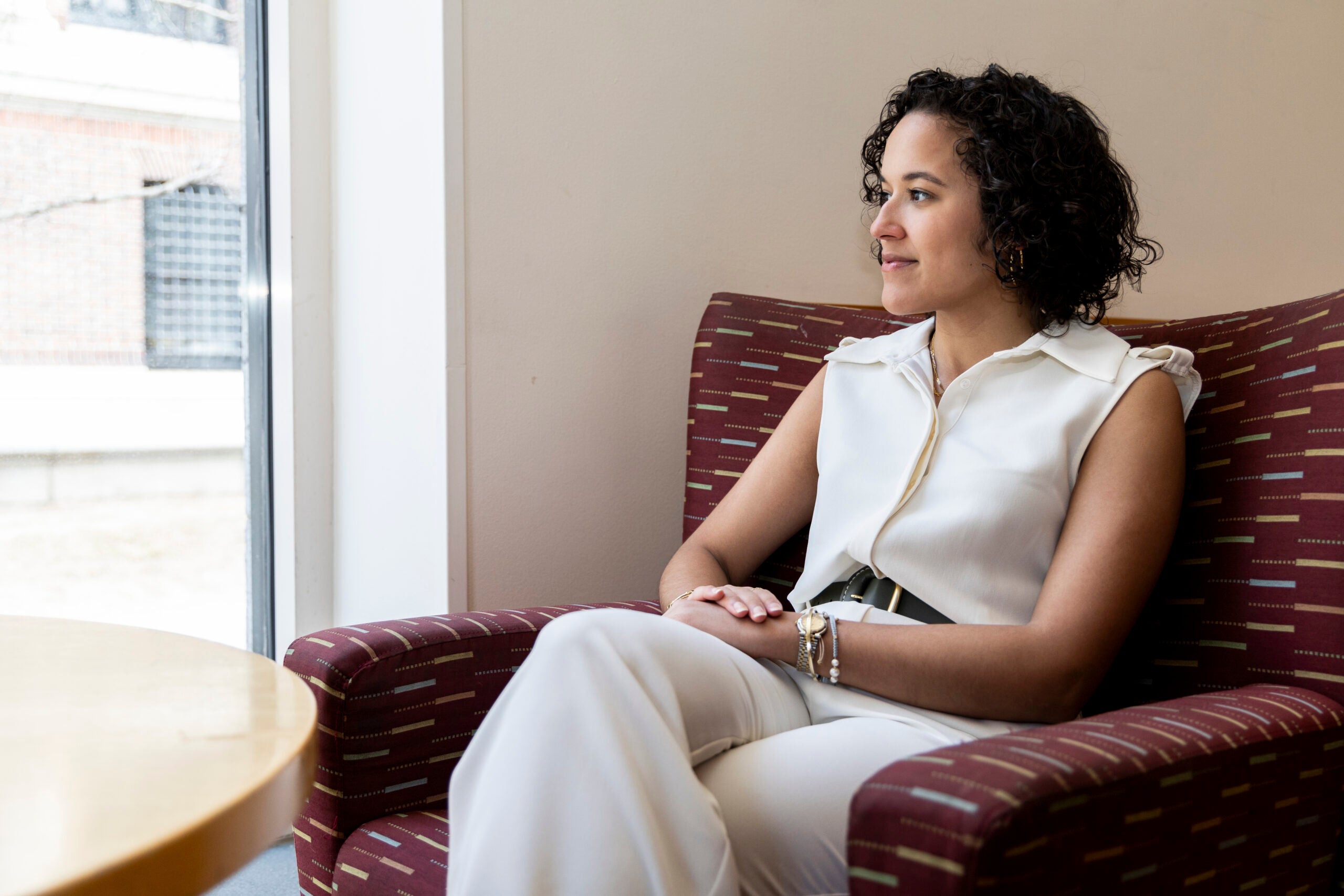
Third-year Medical School student Selena Gonzalez spent much of her adolescence dealing with joint pain and unexplained rashes and tiredness. She initially denied her lupus diagnosis and struggled to accept the need for daily medication.
“The manifestations can be subtle, or they can be dramatic. It’s hard to remember when all of it started, but it was a pretty self-defining illness for me.”
Gonzalez said she eventually came to terms with the diagnosis, which helped her better cope when she learned during the pandemic that she also had rheumatoid arthritis.
Landon Hollingsworth had a different reaction. He was relieved to find out about his conditions, dyslexia and attention-deficit/hyperactivity disorder. “Once I was formally diagnosed with dyslexia, I was able to receive the help that I needed to be able to operate at my best ability,” the Kennedy School and Business School student said.
Still the Georgia native said he has struggled with the way students are expected to participate in class.
“For someone with a learning disability, I felt it was often hard to follow the evolving conversation with so many people speaking, and then articulate my thoughts in a concise comment,” he said. “I am someone who needs more time to think and process information.” Still, Hollingsworth said he has felt supported and heard by the University, which he said has shown a “genuine desire to address institutional challenges faced by students with disabilities.”
Harvard’s commitment to helping students with disabilities is what initially attracted Biddle, 28, here. After being admitted to the Medical School, she reached out to its director of disability services, Timothy Rogers, who talked her through what each year might be like for someone with narcolepsy. Biddle says Rogers now helps her implement accommodations when she heads to a new clinical site or starts a class, including breaks to rest during the day, limited overnight shifts, and extended time on exams and quizzes.
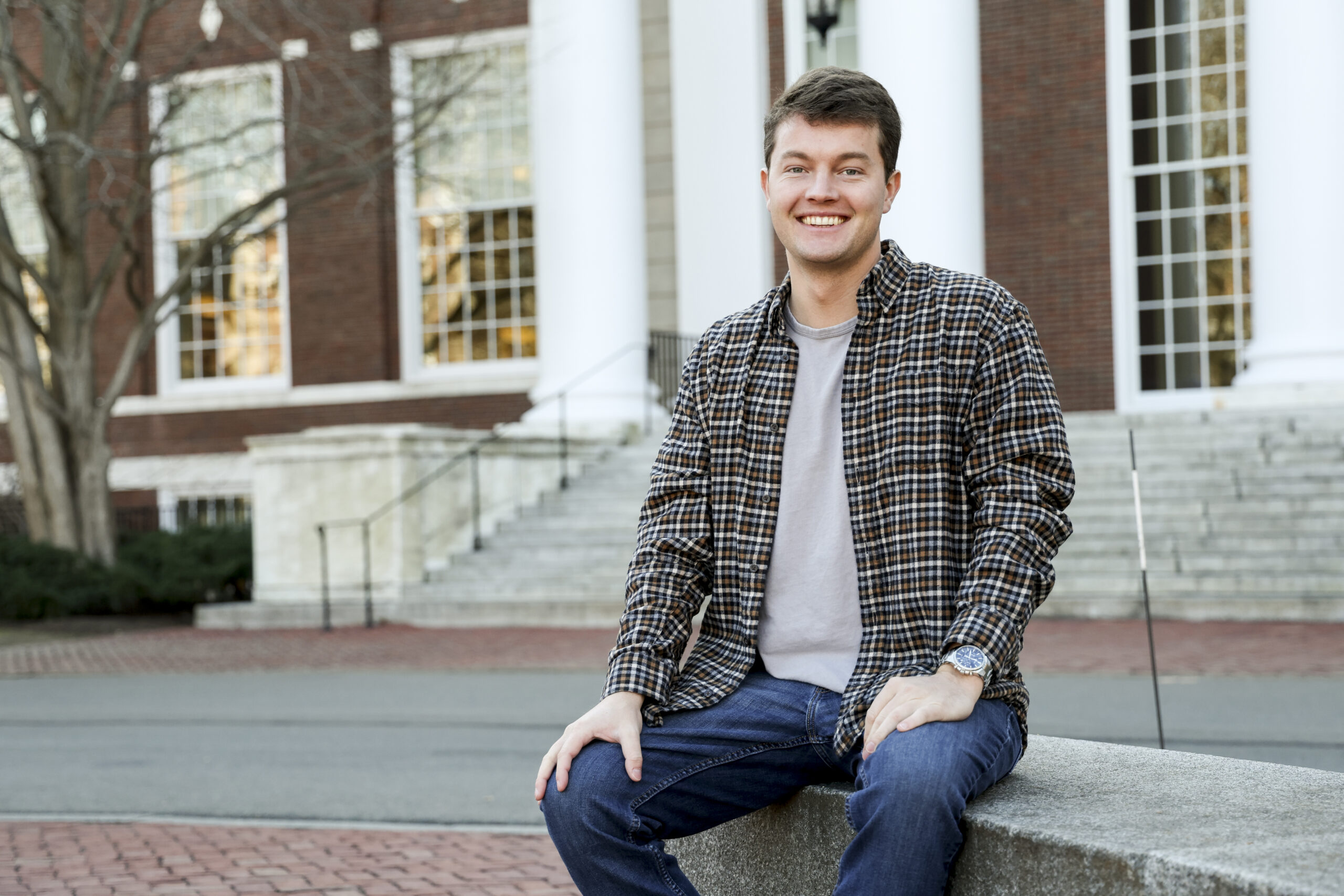
Biddle said she has more flexibility now than she did in her initial years at the Medical School. Because she works remotely, she’s able to coordinate mid-afternoon naps while conducting two research projects on narcolepsy.
Providing accommodations and support is critical to ensuring students with disabilities have an equal opportunity to succeed, University Disability Resources Senior Director Kate Upatham said. “This work, including complying with applicable laws and promoting the adoption of best practices for accessibility and inclusion, is aligned with our institutional value of inclusive excellence and helps promote a more dynamic and thoughtful student body and research community,” she said. “Since disability does not exist in a vacuum, our efforts aim to contribute to an environment in which students feel that every aspect of their identity — including disability — matters and belongs.”
The interviewed students said more work needs to be done to combat the stigmas that surround having disabilities. Accordingly, students across the University are creating affinity groups and advocating for themselves on campus.
At the Medical School, Gonzalez and Biddle said they hope for expanded support so everyone — students, faculty, and staff — is open to learning about disabilities and accessibility and feels comfortable speaking openly. To that end, Biddle helped launch the HMS Alliance for Chronic Illness, Health Conditions, and Disabilities, which connects medical students with residents and faculty who have similar identities. And at the Business School, Hollingsworth co-founded the Disability Advocacy and Affinity Group with fellow student Cassidy Wald. The organization works to improve physical accessibility, expand recruiting, and make Business School applications more accessible. The group has received plenty of support from the School, Hollingsworth noted, including a willingness to move initiatives forward, host panel discussions, and fund social events.
“There’s a lot of work to be done, but I have no doubt that we’re making the School and this University a better place for folks with disabilities, both seen and unseen,” Hollingsworth said.
Resources
- University Disability Resources serves as the central resource for disability-related information, procedures, and services for the Harvard community.
- Students who wish to request accommodations should contact their School’s Local Disability Coordinator.
- The 24/7 mental health support line for students is 617-495-2042. Deaf or hard-of-hearing students can dial 711 to reach a Telecommunications Relay Service in their local area.
- Harvard Law School Project on Disability



